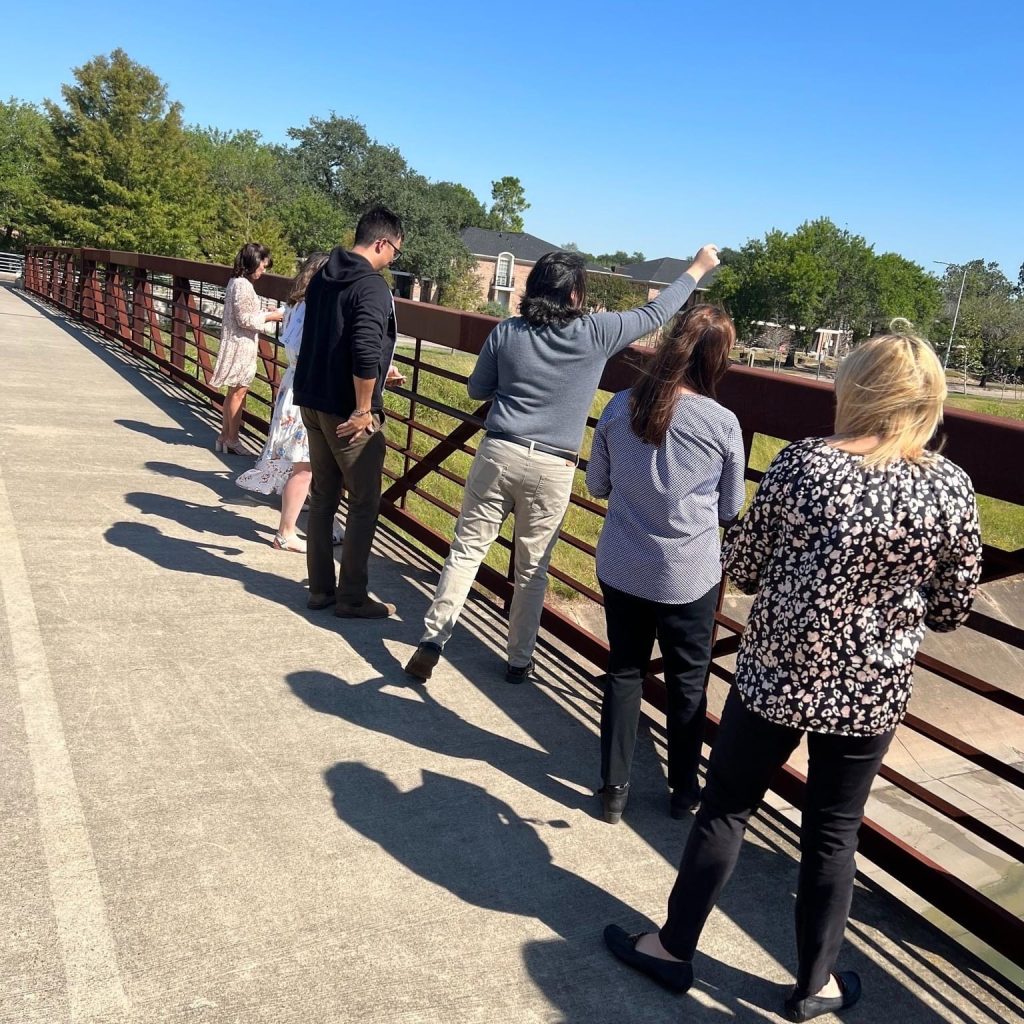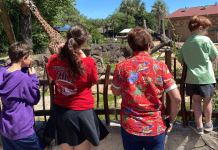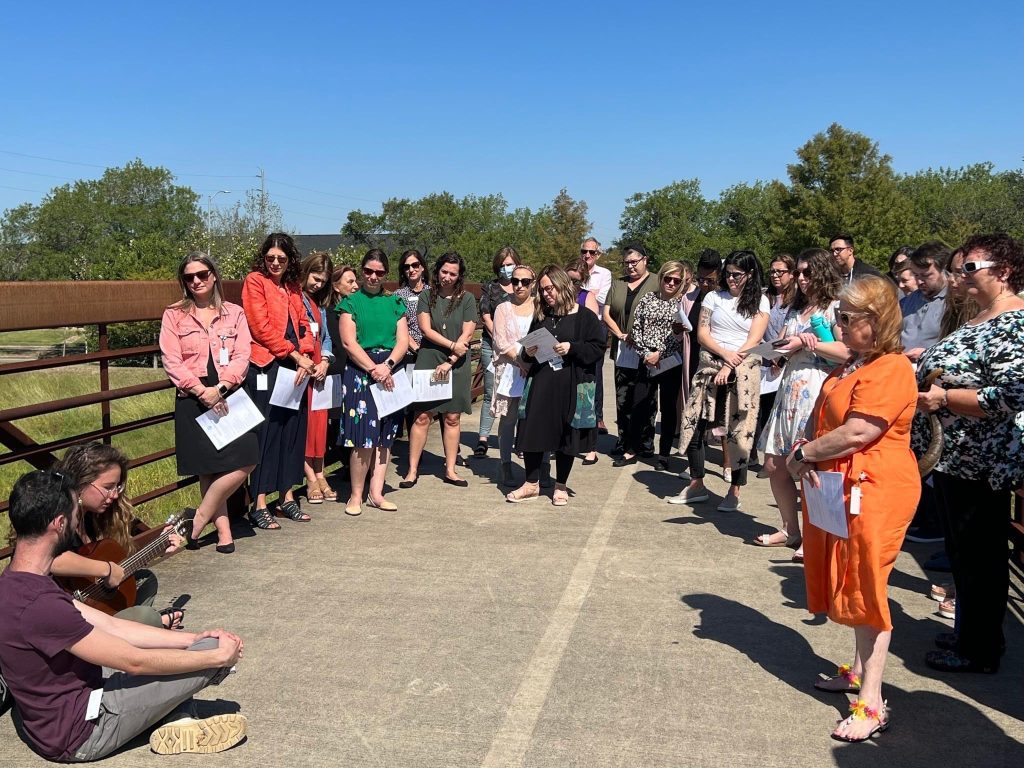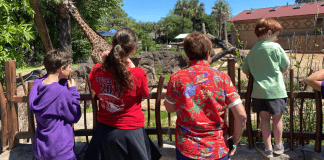 This past week, I experienced a beautiful custom that is part of my religion {Judaism} that I had never done before. I’m not sure why this opportunity hasn’t come along sooner, but when the offer was extended, I whole-heartedly accepted.
This past week, I experienced a beautiful custom that is part of my religion {Judaism} that I had never done before. I’m not sure why this opportunity hasn’t come along sooner, but when the offer was extended, I whole-heartedly accepted.
The custom is called Tashlich, which translates from Hebrew to cast away. The idea is to carry some seeds or bread in your pockets to any body of water nearby, and after praying your own silent prayer, you throw these items into the water – symbolizing the act of casting away your sins from the past year and letting the water wash them away {and the fish getting a yummy snack} so that you may start anew.
You see, Tashlich occurs during an introspective time in Judaism called The Days of Awe. These are the 10 days sandwiched between the two holy days Rosh Hashanah {the Jewish New Year} and Yom Kippur {the Day of Atonement}. Whenever anyone asks me what Yom Kippur is, the best way for them to relate is to think about a Catholic confession. On Yom Kippur, we ask G-d to forgive us for our sins from the previous year, and to inscribe us in the Book of Life for the year to come.
As with every new year in any custom or religion, Rosh Hashanah is a celebration – a time to be thankful for reaching a new season, wiping our slates clean and starting fresh all over again for the upcoming year. With that, comes hope, light, and gratitude for all that we have.
However, the Days of Awe are a serious matter, and Yom Kippur {the end of the sandwich} is the most intense holy day in our religion, because we are extremely aware of our transgressions that we have committed over the course of the year, and we must atone for them in order to hope for another peaceful year on this earth. We are so serious about atoning, that we prove it by fasting from sundown the day before until sundown on Yom Kippur.
So, you can imagine how refreshing it might feel to perform one small act before Yom Kippur that is not only spiritual, but also physical, and how combining the two is so very beautiful in its own right.
Two days after Rosh Hashanah, I walked with several colleagues to a bayou about a block away from my office, and on a pedestrian bridge, we gathered together to learn more about this custom. We are fortunate to have some amazing people who recently moved to Houston from Israel specifically to work with us and our community. They brought their guitar and sang a gorgeous song, and they told us how in Israel, the people actually carry rocks in their pockets. They purposely weigh themselves down as they walk to the water so that they can literally feel lighter once they have cast away their sins.
My daughter, who is in a private Jewish day school, also learned about Tashlich this year and carried out a mini version of it with her classmates. She told me how she wants to go with me to a real lake or river, and how she wants to do it every year.
It got me thinking about how if nothing else makes sense to her regarding this holy day, this part is so relatable and simple for all children to grasp. We are just asking to be forgiven by throwing our sins away and starting fresh. And then it got me thinking how this doesn’t have to be a religious act, or specific to any one religion.
Just as our society has adopted yoga and tai chi, to name a few, it could be another form of catharsis, and a way for our children to let go of some heavy things emotionally. It could be a tradition a family does together annually, or it could be saved for times when our children are struggling and trying to cope with something difficult.
Just as taking deep breaths, and being mindful can be healing, so too can a physical act of “letting go.” It is certainly something I am willing to try with my own children. If nothing else, it is a way to be together, connecting in nature. And it is something that I like to believe could be ingrained so sweetly in our children’s memories that they pass the tradition on to their future children. What a gift that coping mechanism might be. Here’s to letting go, and staring anew.













